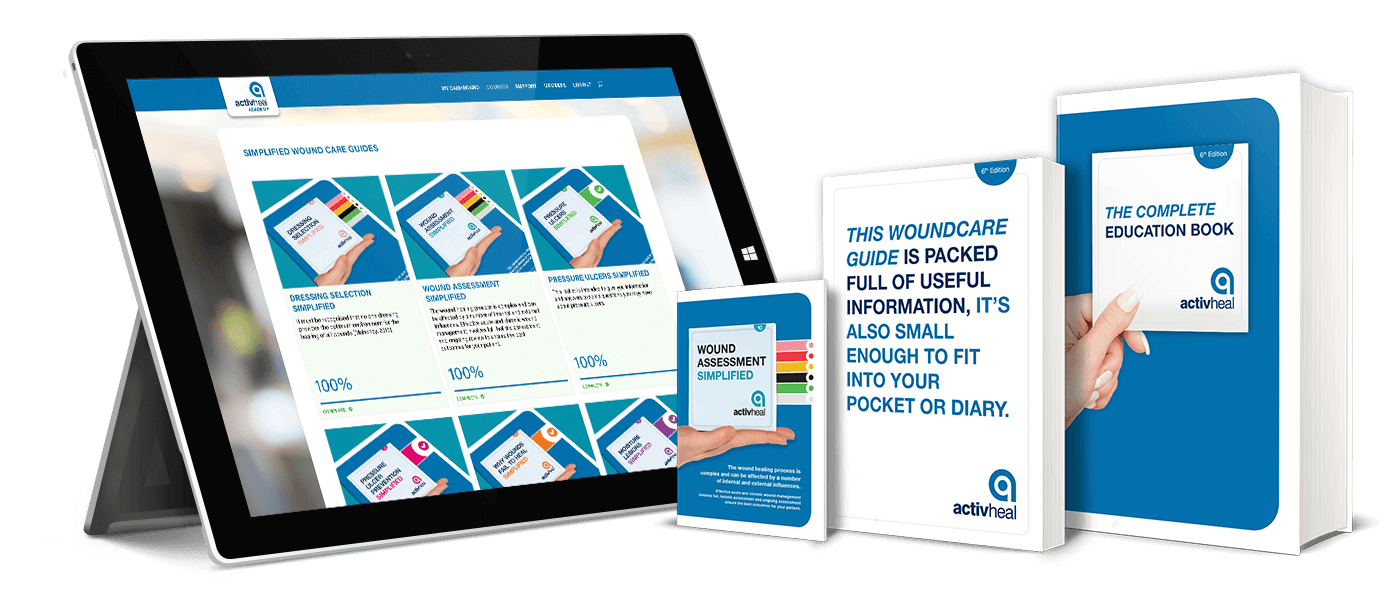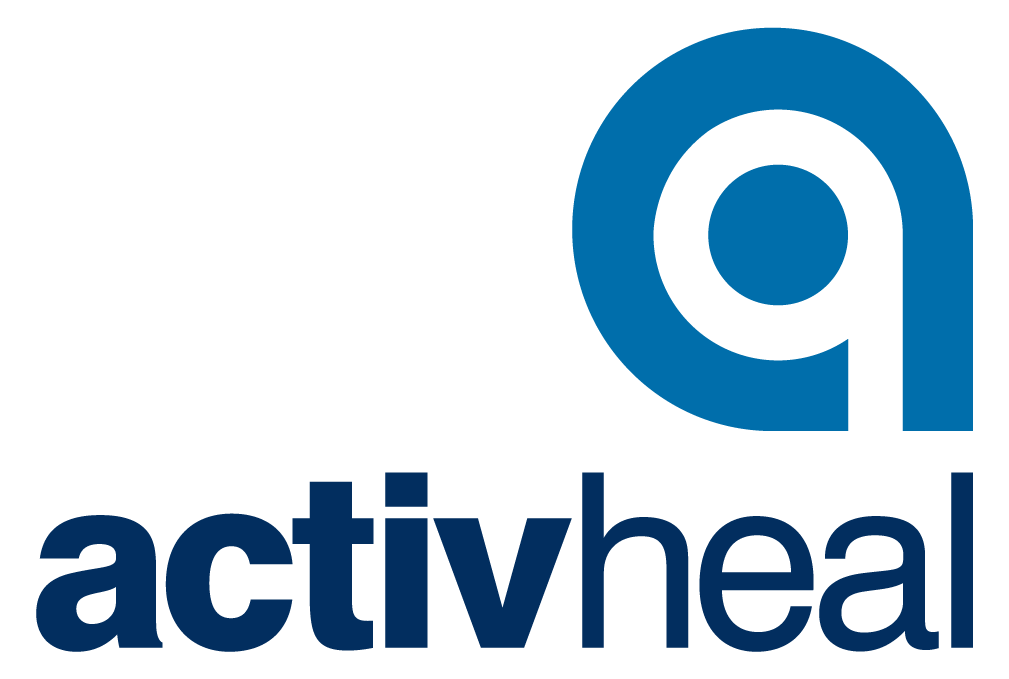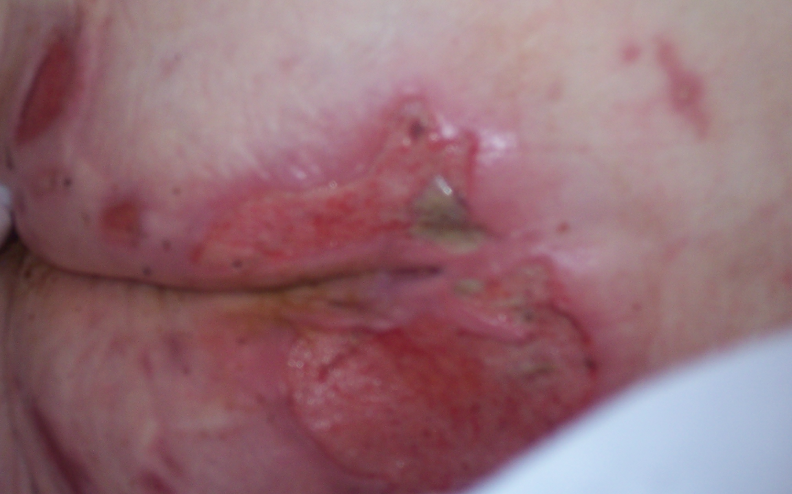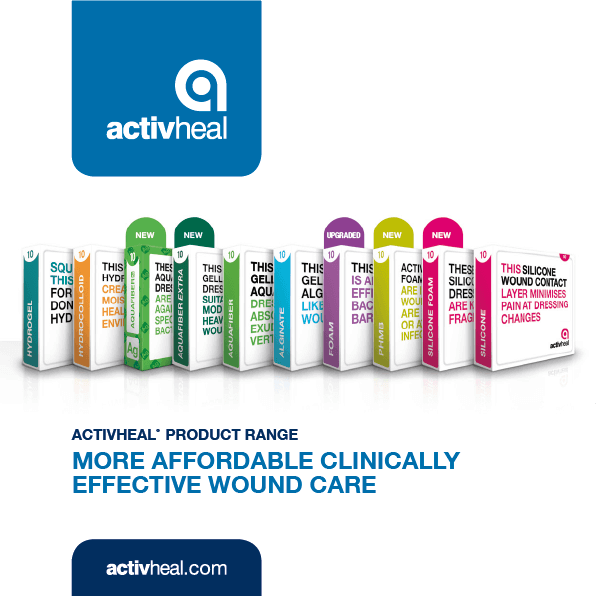Moisture Associated Skin Damage

Moisture Associated skin damage
There are many terms used to describe moisture-induced skin damage (Beekman et al, 2004). A moisture lesion is defined as being caused by urine and/or faeces and perspiration that is in continuous contact with intact skin of the perineum, buttocks, groins, inner thighs, natal cleft, skin folds and where skin is in contact with skin (AWTVF, 2014).
Moisture lesions can occur in any age group, but within the older age group the skin is more fragile and it can become damaged more easily.
Prolonged exposure causes the skin to become increasingly permeable, making it weaker and less elastic and more susceptible to physical damage from friction and shearing forces (Beeckman et al, 2009).
Moisture lesions and Moisture Associated Skin Damage (MASD) occurs when moisture remains in constant contact with the body for prolonged periods of time, when the effluent contains irritating substances or when the effluent contains potential bacterial or fungal pathogens, or when moisture exposure increases friction at the skin surface.
FOUR TYPES OF MOISTURE ASSOCIATED SKIN DAMAGE
Incontinence associated dermatitis (IAD)
- The skin maintains a naturally acidic pH, usually between 4.0 and 5.5 (Bianchi, 2012)
- Ammonia from urine and enzymes from stool can disrupt the acid mantle of the skin and eventually cause the skin to break down stools (Rees and Pagnamenta, 2009)
- A systematic approach to the assessment of IAD, helps with early recognition of whether a patient is at increased risk of complications (Bianchi, 2012)
Peri-wound moisture associated dermatitis
- Excessive amounts of exudate can cause maceration and breakdown of peri-wound skin
- Exudate from chronic wounds has been found to contain a higher concentration of proteolytic enzymes as compared to exudate from acute wounds (Romanelli et al, 2010)
- Accurate and in depth wound and patient assessment must take place so that the most appropriate treatment can be planned for each individual (Forder, 2014)
Peristomal moisture associated dermatitis
- Inflammation and erosion of skin related to moisture that begins at the stoma/skin junction and can extend outwards in a 10cm radius (Colwell et al, 2011)
Intertriginous dermatitis
- An inflammatory skin condition that affects opposing skin surfaces
- Commonly found in the axillary and inguinal skin folds as well as under breasts in females
- Sweat is trapped in skin folds with minimal air circulation
- Leads to inflammation and dehydration of the skin making the area more prone to infection
To continue reading more about this topic, register for access to the ActivHeal Academy. It’s FREE!
The ActivHeal Academy covers multiple wound care topics including dressing selection and infection. The Academy has over twenty hours of wound care education to support your Continuing Professional Development, including our Tissue Viability Society endorsed higher tier modules.
References:
- All Wales Tissue Viability Nurses Forum (2014) Prevention and management of moisture lesions.
- Beeckman D, Schoonhoven L, Verhage S, Heyneman A, Defloor T (2009) Prevention and treatment of incontinence associated dermatitis: literature review J Adv Nurs 65(6): 1141-54
- Bianchi, J. (2012) Top tips on avoidance of IAD. Wounds Uk Supplement. The Identification and Management of Moisture Lesions. 8 (2)
- Forder B, (2014) ActivHeal PocketGuide. Exudate. 4th Ed. 11. Guy, H. (2012) The differences between moisture lesions and pressure ulcers. Wound Essentials Vol 1.36-44
- Colwell JC, Ratliff CR, Goldburg M,et al (2011) MASD part 3: perisotimal moisture-associated dermatitis and periwound moisture-associated dermatitis: a consensus. J Wound Ostomy Continence Nurse 38(5): 233-241.7. EPAUP (2010) Pressure Ulcer classification – Differentiation between pressure ulcers and moisture lesions. EPAUP panel. Washington DC USA: NPAUP
- Rees and Pagnamenta, 2009 https://www.nursingtimes.net/clinical-archive/continence/best-practice-guidelines-for-the-prevention-and-management-of-incontinence-dermatitis-15-09-2009/
- Romanelli et al, 2010
Find out more about The ActivHeal Academy
SIGN UP TO OUR NEWSLETTER OR FOLLOW US ON SOCIAL MEDIA FOR THE LATEST UPDATES. Do you want to receive future updates from activheal® and find out how we can support you further?
#heretohelp

FIND OUT MORE ABOUT OUR FULL RANGE OF ADVANCED WOUND CARE PRODUCTS.

CONTACT US FOR MORE INFORMATION
Only applicable in the EU.
The ActivHeal website is only applicable for CE marked countries




